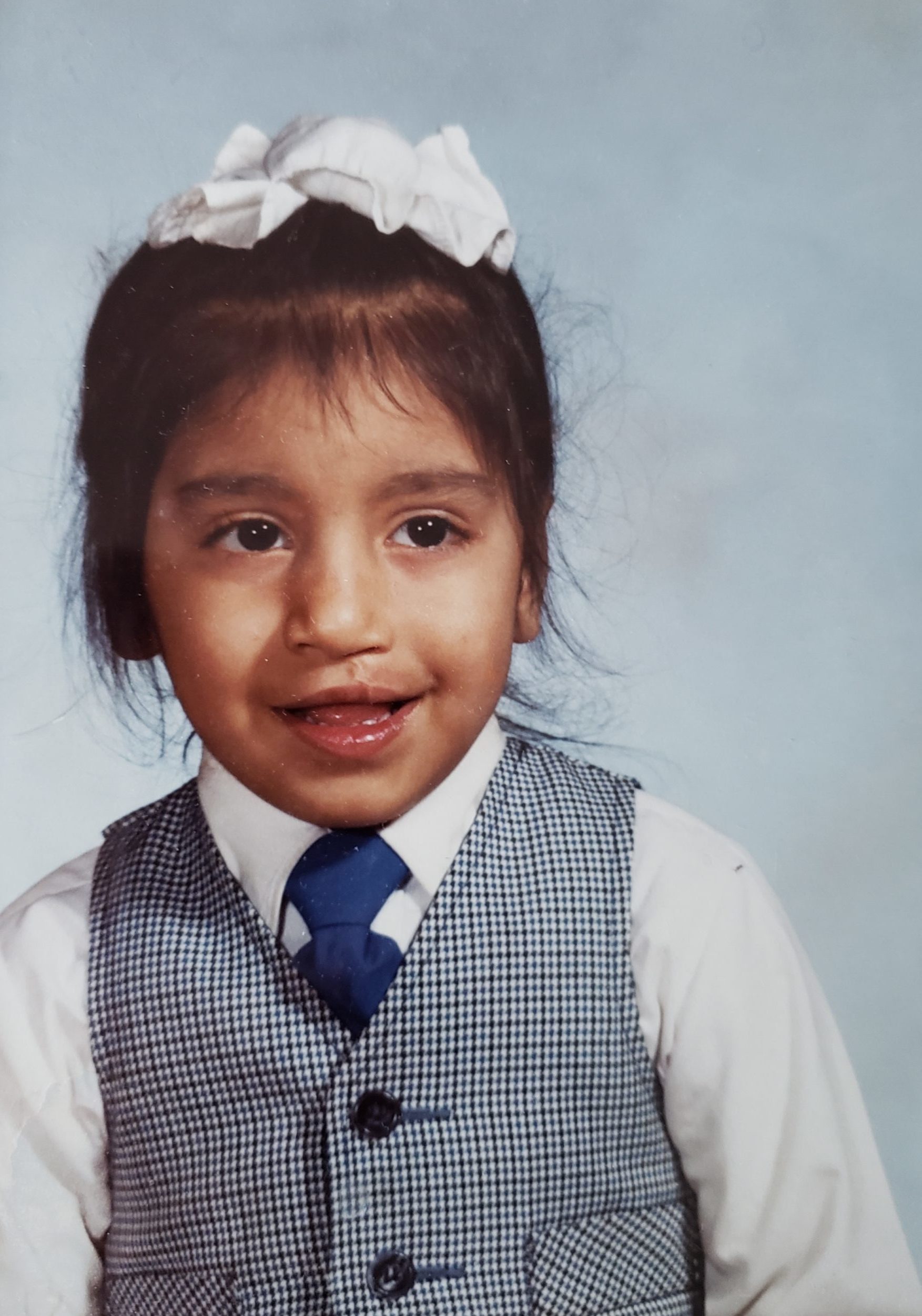Questions and Answers
You may find answers to your questions in our brochure “Can we Prevent Cleft Lip and Palate”, but there may be other questions and, for some of them, we are still seeking answers through research. If you have a question and you are not able to find an answer on our website, please, contact us, and we will reply either here or directly to you.
Answers to the most common questions:
How many people with cleft lip and palate are in the USA and in the world?
Based on epidemiological studies, we can make an estimate that one individual with cleft lip (CL) or cleft lip and palate (CLP) or cleft palate (CP) occurs in 1,000 people. Thus, as of November 2021, in the US with a population of about 333 million, about 333 000 people have a cleft. World population is about 7.8 billion and among them is about 7.8 million people with a cleft Population Clock (census.gov)
Am I at risk of having a child with a cleft if nobody in the family has a cleft (risk of occurrence)?
Everybody has some specific conditions that may be slightly or more different from other people. That is why a “personalized and precision medicine” is a leading direction to understand health and treat diseases. Thus, only by reviewing your information a specific answer for you can be provided.
However, in general – if you are living a healthy lifestyle, not working in dangerous environment or with dangerous materials and chemicals, if you are female and eat a healthy diet, and if you do not have anybody in your family with a cleft, your risk of having a child with a cleft is the same as birth prevalence – that is about 1 in 700-1000 newborns (or 0.14%-0.1%). If any of these conditions related to lifestyle and/or diet are compromised, the risk is higher.
What is my risk of having a child with a cleft if my relative has a cleft (risk of recurrence)?
It is increased. As we mentioned many times, combinations of genetic and environmental factors are causing clefts. If some abnormality is running in a family, we know that genetics is involved.
How much is the risk of having a child with cleft increased, depends on who is an individual with a cleft in your family. The highest risk is if your close relative (1st degree) – your parent, your child, or your sibling has a cleft. It also depends on the type of cleft (CL, CLP, CP; unilateral, bilateral). On average, your risk is increased to about 3% compared to somebody with no family members with a cleft. If a relative with a cleft is more distant the risk is less.
However, you can decrease this risk – PREVENT cleft recurrence – by modifying or eliminating harmful environmental factors (in lifestyle, nutrition) that are known to lead to a cleft when combined with genetic factors. And therefore, our Cleft Prevention International Foundation was born. We are sharing with you existing knowledge and new discoveries. To learn more about your specific situation and a risk of recurrence see your doctor or genetic counselor.
What is my risk of having a child with a cleft if I have cleft myself?
Your future child is going to be your closest relative – he or she will get 50% of genes from you and 50% from the other parent. The risk or recurrence – i.e., a chance that a cleft reoccurs in your child is about 3% on average. It also depends on type of cleft you have (CL, CLP, CP; unilateral, bilateral), and if you are male or female. It also varies if we estimate a recurrence risk for a daughter or son.
However, you can decrease this high risk – PREVENT cleft recurrence – by modifying or eliminating harmful environmental factors (in lifestyle, nutrition) that are known to lead to a cleft when combined with genetic factors. And that is why our Cleft Prevention International Foundation was born. We are sharing with you existing knowledge and new discoveries. To learn more about your specific situation and a risk of recurrence see your doctor or genetic counselor.
How is prevention done?
A level of success of prevention depends on a level of our understanding of causes of clefts. Causes (etiology) of clefts are in a combination of genetic and environmental factors.
There are numerous examples of prevention in medicine and in daily life. If you would like to prevent sunburn, you cover your face and body and use sunscreen. However, if you have a fair complexion, you will have to be more careful than if you have a dark complexion – this is a role of genetics. Many abnormal conditions and diseases are caused by a combination of genetic and nongenetic (environmental) factors.
Let us show another example. If you know that diabetes is running in your family, you know what you need to do to prevent that you will get it or at least postpone it: watching your diet and avoiding sugar (nutrition), stay lean and exercise (lifestyle). You cannot stop genes running in your family that make you susceptible to diabetes, but you can modify or exclude the environmental factors that, if combined with susceptibility genes, can lead to diabetes.
Cleft lip and palate and some other congenital anomalies belong to the same category.
For diseases of adult age like diabetes, cardiovascular disease, and other diseases, you have years to influence environmental factors. For congenital anomalies, like cleft lip and palate, it is very short time in the beginning of pregnancy starting in the 5th week of intrauterine life when all environmental factors need to be in harmony with genetic factors to secure a normal development of the face and other craniofacial structures of your baby.




